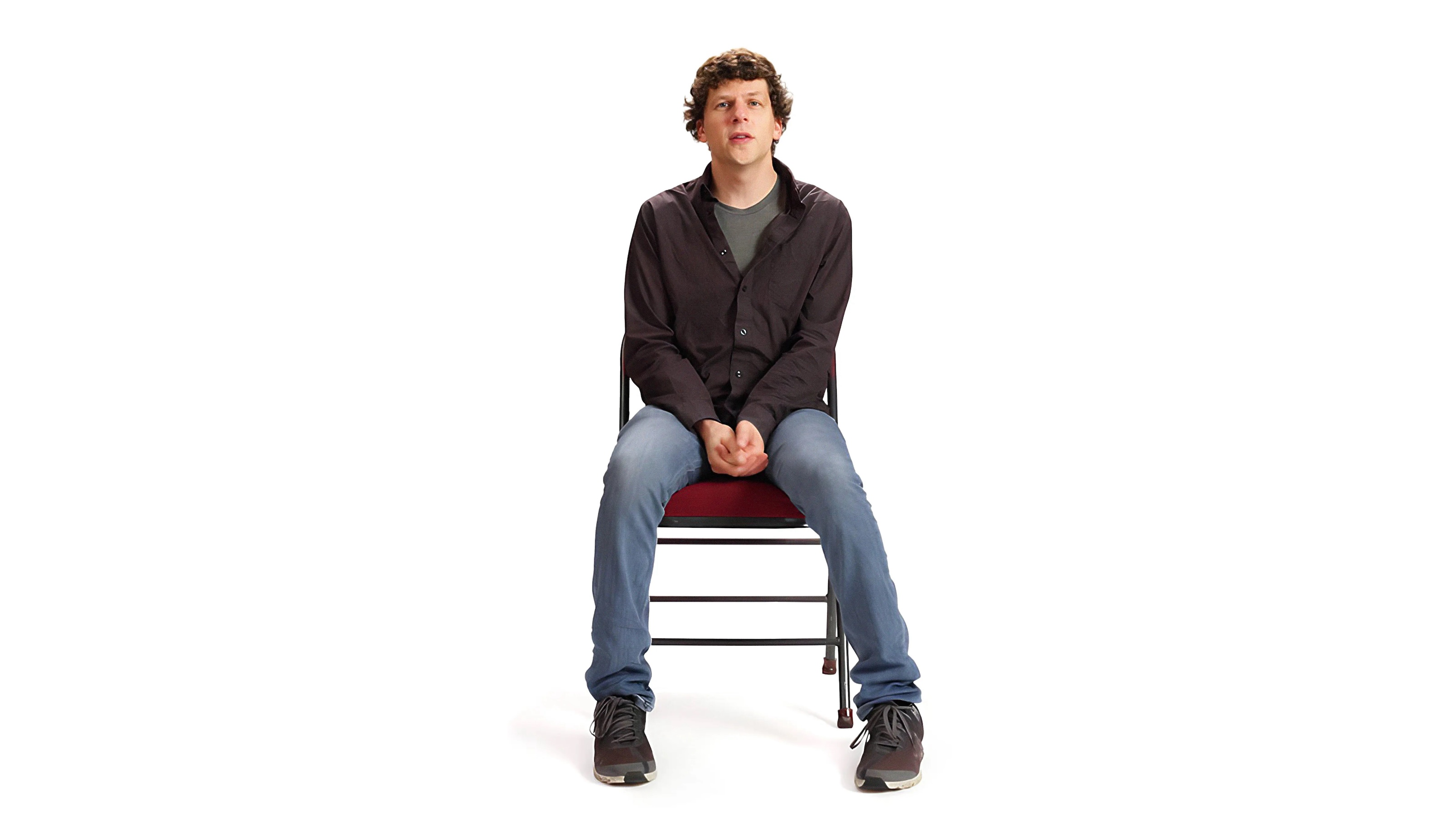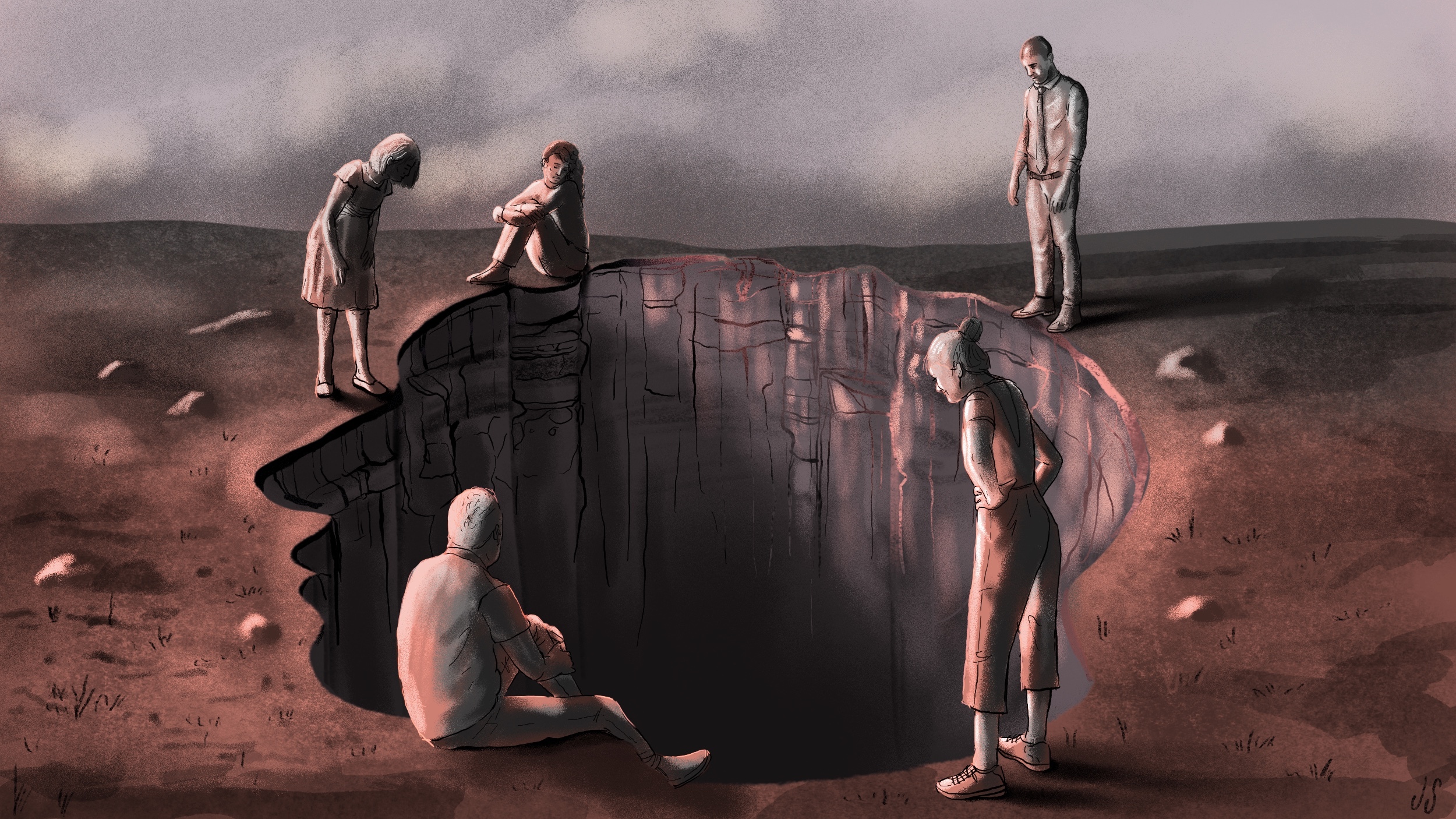There is no universal fix for anxiety. Can personality-based treatment help?

Photo by whoislimos on Unsplash
- Sufferers of social anxiety have markedly different personality traits than others.
- By understanding these traits, researchers at Uppsala believe targeted therapies could evolve.
- Social anxiety affects 15 million American adults every year.
In his essay, “The problem of anxiety,” Sigmund Freud wrote that anxiety is the “fundamental phenomenon and the central problem of neurosis.” You will not find a final word on the subject in Freud’s writing, however. His theories on anxiety evolved throughout his life. By the end of his illustrious and contentious career, he admitted that he would likely never completely define what anxiety entails.
That doesn’t mean his contributions were for naught. No one contributed as much to our understanding of the unconscious drives that fuel our reality. Freud’s ideas about sexuality are regularly debated—even he moved away from his earlier work—yet he knew what others, such as Kierkegaard and Rank, recognized: Anxiety is our natural state. To be conscious is to have anxiety. It’s the cost of being able to foresee the future. How you deal with that anxiety in large part defines your personality.
Freud terms objective anxiety “anxious readiness.” This function arms an individual so that they will not be surprised by sudden threats. Being overly prepared, however, leads to problems: your actions are paralyzed. This is the “freeze” function of our nervous system. This is also the basis of social anxiety: an inability to be in public, or, when you must go out, the sheer terror of being among others.
Social anxiety: How to rewire your confidence and be a better communicator | Andrew Hornwww.youtube.com
New research from Uppsala University, published in the journal PLOS ONE, investigates the ramifications of social anxiety. The conclusion that lead author Tomas Furmark comes to: sufferers of social anxiety disorders exhibit different personality traits than others.
Personality is defined by the Big Five traits: openness to experience, conscientiousness, extroversion, agreeableness, and neuroticism. Each of these traits operate along a spectrum. Are you curious or cautious? Are you compassionate toward your partner or are you emotionally detached? Do you step into the center of a party or are you the perpetual wallflower that leaves out the back door?
Context matters. You might be extroverted in an environment in which you’re comfortable, exuding a ton of confidence. Walk next door and suddenly you’re reserved and nervous. Anxiety is tethered to environment and your personality isn’t fixed. You can change your place on any of the spectrums, which is the goal of therapy.
For sufferers of social anxiety—15 million American adults every year—lateral movement is difficult. Just as depressed people often cannot envision the future, the socially anxious find it challenging to be in public. There’s context here as well. The supermarket might be easy but that cocktail party is never going to happen. At the extreme end, social anxiety means only leaving your home for specific, targeted purposes, and even those trips make you anxious.

Photo by Ahmed Nishaath on Unsplash
The team at Uppsala asked 265 volunteers with social anxiety to fill out comprehensive personality surveys. They identified three groups based on cluster analysis: prototypical social anxiety disorder (33 percent), whose members appear highly anxious and introverted; introvert-conscientious social anxiety disorder (29 percent), whose members are introverted but also have high levels of conscientiousness; and unstable-open social anxiety disorder (38 percent), with individuals scoring high on openness.
While the causes of each disorder differ, Fumark and his team identified specific personality traits that appear to be universal: high neuroticism and introversion, emotional instability, and a tendency to turn inward.
The researchers believe that defining these traits helps to expand our understanding of social anxiety disorders, which helps therapists target each subtype. As the team concludes,
“SAD personality subtypes may have different etiologies and it seems plausible that individuals exhibiting vastly different personality characteristics require different treatment strategies.”
For example, cognitive behavioral therapy could be utilized with social approach focus to treat SAD sufferers with depression or low energy. Targeted approaches might work better for patients with certain types of traits as compared to others with different traits. As always, the team recommends further research, but this seems to be an important step in understanding the many shades of social anxiety.
—
Stay in touch with Derek on Twitter and Facebook. His next book is “Hero’s Dose: The Case For Psychedelics in Ritual and Therapy.”





